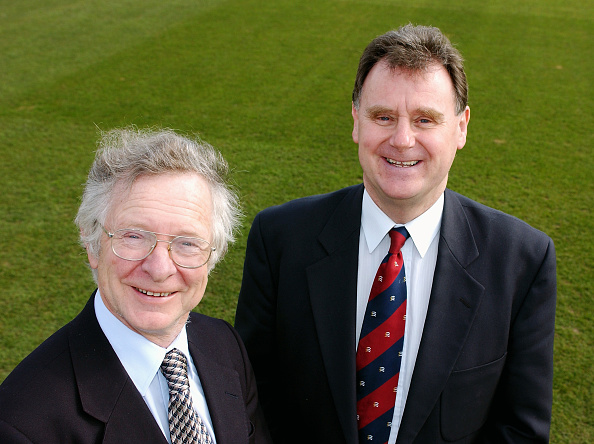 Tony Lewis, one of the men behind development of Duckworth-Lewis-Stern Method used by the International Cricket Council for rain-affected international matches, passed away aged 78 on Wednesday (April 1).
Tony Lewis, one of the men behind development of Duckworth-Lewis-Stern Method used by the International Cricket Council for rain-affected international matches, passed away aged 78 on Wednesday (April 1).
Lewis, along with fellow mathematician Frank Duckworth, came up with the Duckworth-Lewis method in 1997 that was officially adopted by the ICC during the 1999 World Cup in UK.
In 2014, Steven Stern, the mathematician from Queensland, made adjustments to the rule as per the modern-day scoring rates. Thus, it became Duckworth-Lewis-Stern method, employed during the 2015 World Cup in Australia and New Zealand.
"It is with much sadness that the ECB has learned of the passing of Tony Lewis MBE, aged 78," read a statement from England and Wales Cricket Board on the sad development. "Cricket is deeply indebted to both Tony and Frank's contributions to the sport. We send our sincere condolences to Tony's family."
Born in Bolton, Lancashire, Lewis graduated from Sheffield University with a degree in Mathematics and Statistics. Lewis and Duckworth were appointed MBEs in the 2010 British honours for their services to cricket and mathematics.
Previous to them coming up with their formula, Average Rain Rule method was used for ODIs. But that didn't take into account the wickets lost by the team batting second.
In the 1992 World Cup, the rain-rule was tweaked by removing the least productive overs of the team that batted first, an equation which South Africa was at the wrong end of when it famously needed 22 runs off 1 ball after the playing conditions were revised as rain hit the semi-final against England in Sydney.
"I recall hearing Christopher Martin-Jenkins on radio saying 'surely someone, somewhere could come up with something better' and I soon realised that it was a mathematical problem that required a mathematical solution," Duckworth had later said.
(Inputs from Cricbuzz)



